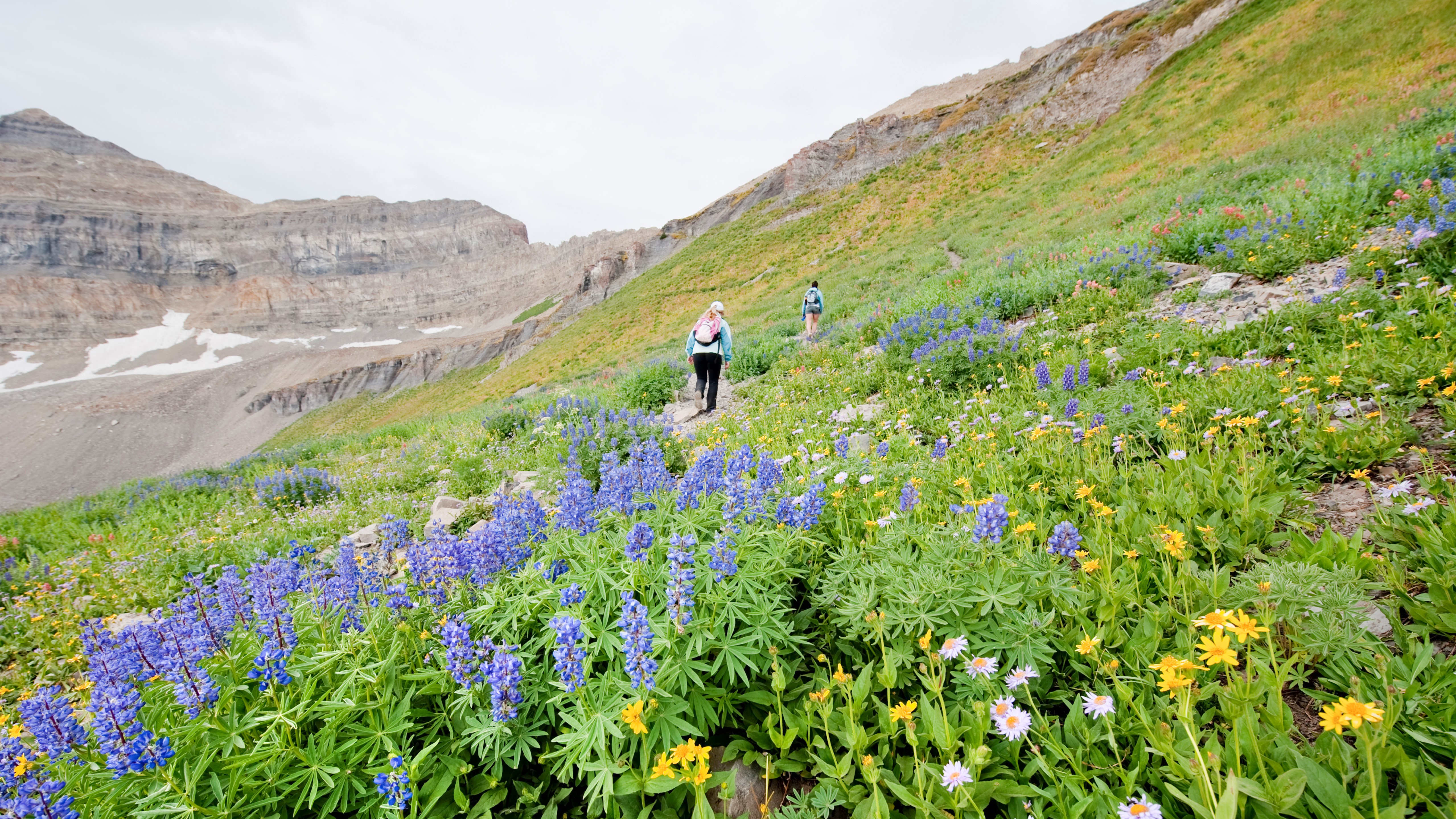
Despite a few predictable false starts, spring is slowly springing and winter stubbornly retreating. Now that your bank account has recovered from Christmas, you might be thinking about booking your summer vacation – but why wait? Have you considered taking an active spring vacation right now to shed your winter coat?
When you were in school, you were no doubt used to taking a few weeks off each spring and if you have kids, hopefully you get away during the school break, but spring vacations are a good idea for everybody. My years of living at a ski resort reignited my passion for getting out of town during shoulder season and the spring always brought a special thrill when the heavy layers started to come off and the trails began to reveal themselves once again.
For years, I made an annual spring pilgrimage to places like the deserts of Utah or Yosemite National Park and these days I head to Europe or even take spring staycations in Scotland. No matter where I end up, it always feels like coming alive again after the long, cold winter.
With the days increasing and temperatures rising, spring can be a great time to take a mini break and it’s an especially good time to enjoy an active vacation before the weather gets too warm. Read on to discover what’s so great about active spring vacations and get some ideas for how to spend your time, from the beach to the ski resort. By the time you’re finished reading, you’re bound to be planning your next spring escape.
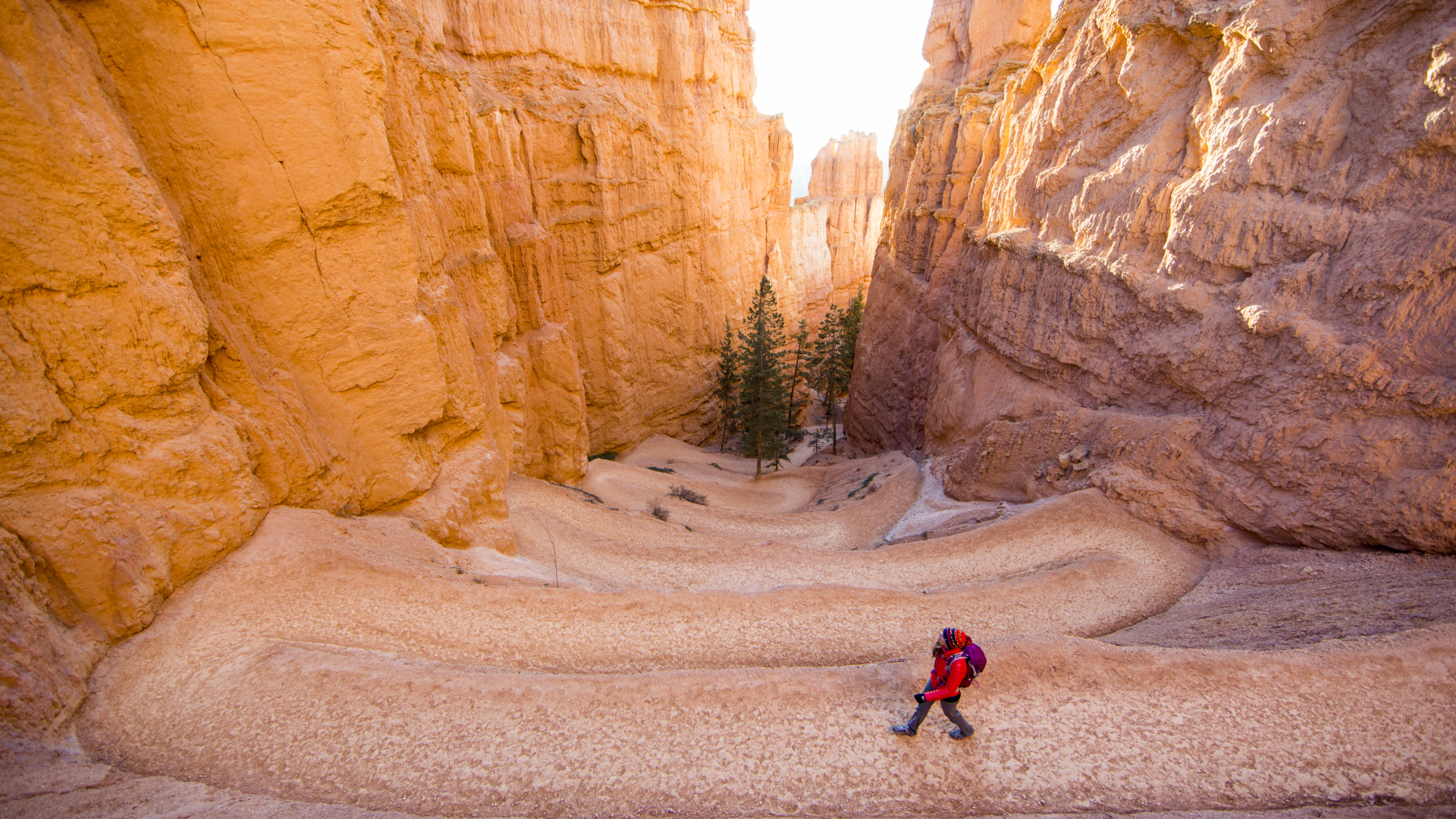
Why take an active vacation in the spring?
The main reason to take an active vacation in the spring is because you’re probably tired of the cold. Winter can be long and arouses seasonal depression in many of us, and the stretch between Christmas and summer vacation can seem practically interminable without something to break it up.
In many places, you can take advantage of milder temperatures which are ideal for active pursuits and boost your mood, plus you won’t have to fork out for summer prices on flights and lodging. Furthermore, if you want to keep the cold season going with a late-season ski trip, prices will also be much lower than during peak season.
Are there any downsides to an active spring vacation?
There are a few things to watch out for when it comes to planning a vacation in the spring. First off, you’ll probably want to avoid spring break in the US and the Easter holidays in Europe, when prices will be higher and everywhere will be busier.
If you have your heart set on spring skiing, you might be sorely disappointed by the snow conditions if it’s been a warm start to the season, but equally, hiking trails could still be muddy or snow-covered if you’re planning to go walking and some National Parks may still be restricted.
Finally, the weather is likely to be variable – I’ve shivered in my tent in sub-zero temperatures in Yosemite and missed out on canyoneering due to rain in Utah during some of my April adventures – so there can be a bit of a risk if you’re planning on weather-specific activities.
All that said, there are steps you can take to reduce disappointment when planning an active spring vacation:
- Get good travel insurance.
- Book your trip last minute so you can see the long-term weather forecast.
- Pack for variable conditions (more below)
- Go somewhere with multiple activity options.
- Head south for guaranteed warm weather.
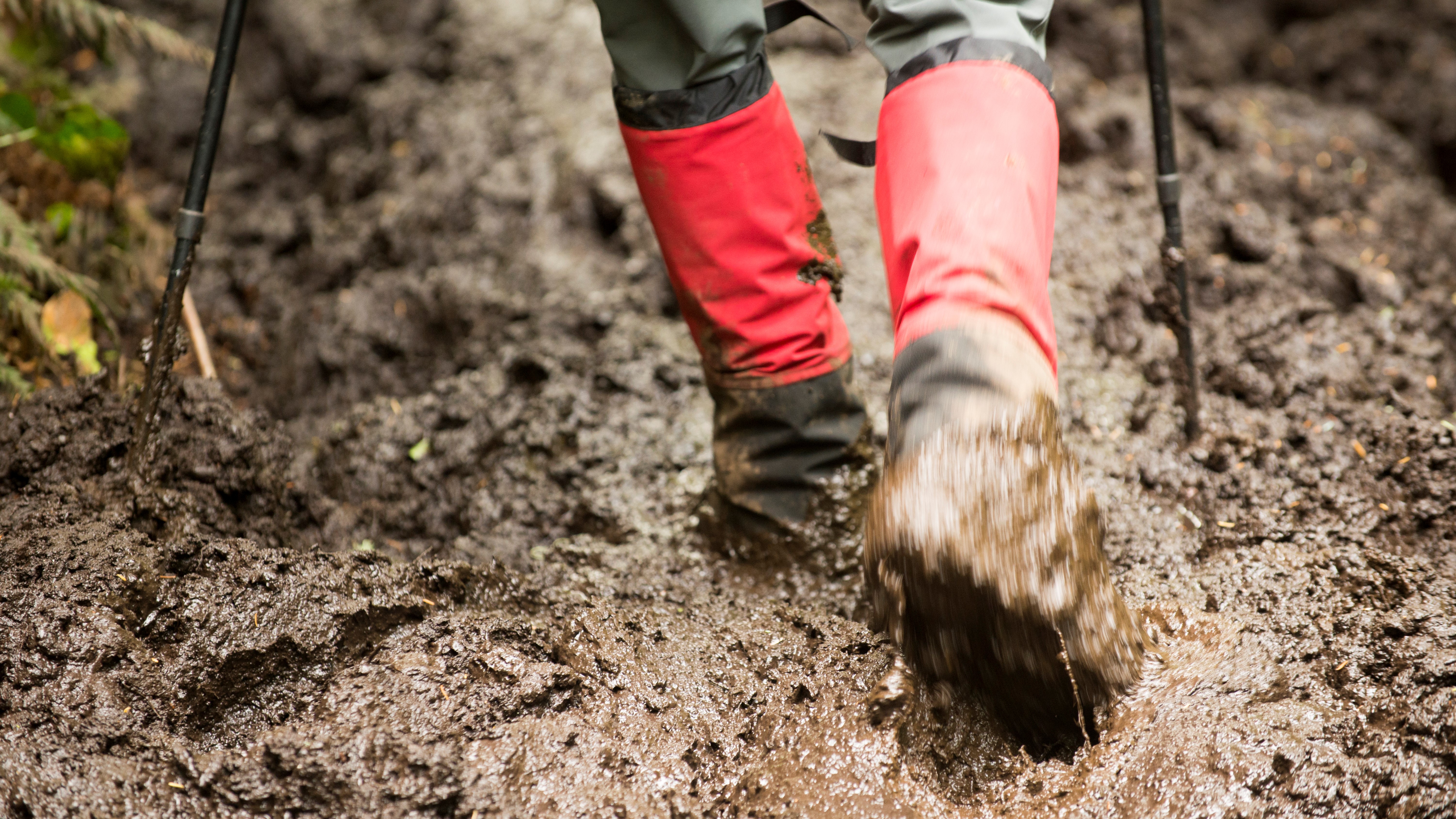
Active spring vacations: what to do?
Though not everything will be possible in the springtime, and not everywhere is open yet, there is a surprising diversity of possible activities available in the spring. In most places, you’re unlikely to encounter stifling heat which means that you can really pick up the pace. Here are a few ideas for your active spring vacation:
1. Warm up in the desert
Probably the best idea for an active spring vacation is to head to the desert, where the daytime temperatures shouldn’t be unbearable yet and you won’t have to worry about snow or mud. Areas around Moab, Las Vegas, Death Valley National Park and loads of parts of Arizona such as Sedona, Tucson and the Grand Canyon make ideal locations for anyone who wants to get outdoors and there’s zero chance of encountering any mud.
With pleasant daytime highs, you can hit the desert trails in a short-sleeved base layer and hiking shorts, but bring extra layers for overnights if you’re camping in the desert as it can get cold. Outside of hiking, the desert can provide incredible opportunities for rock climbing and cany
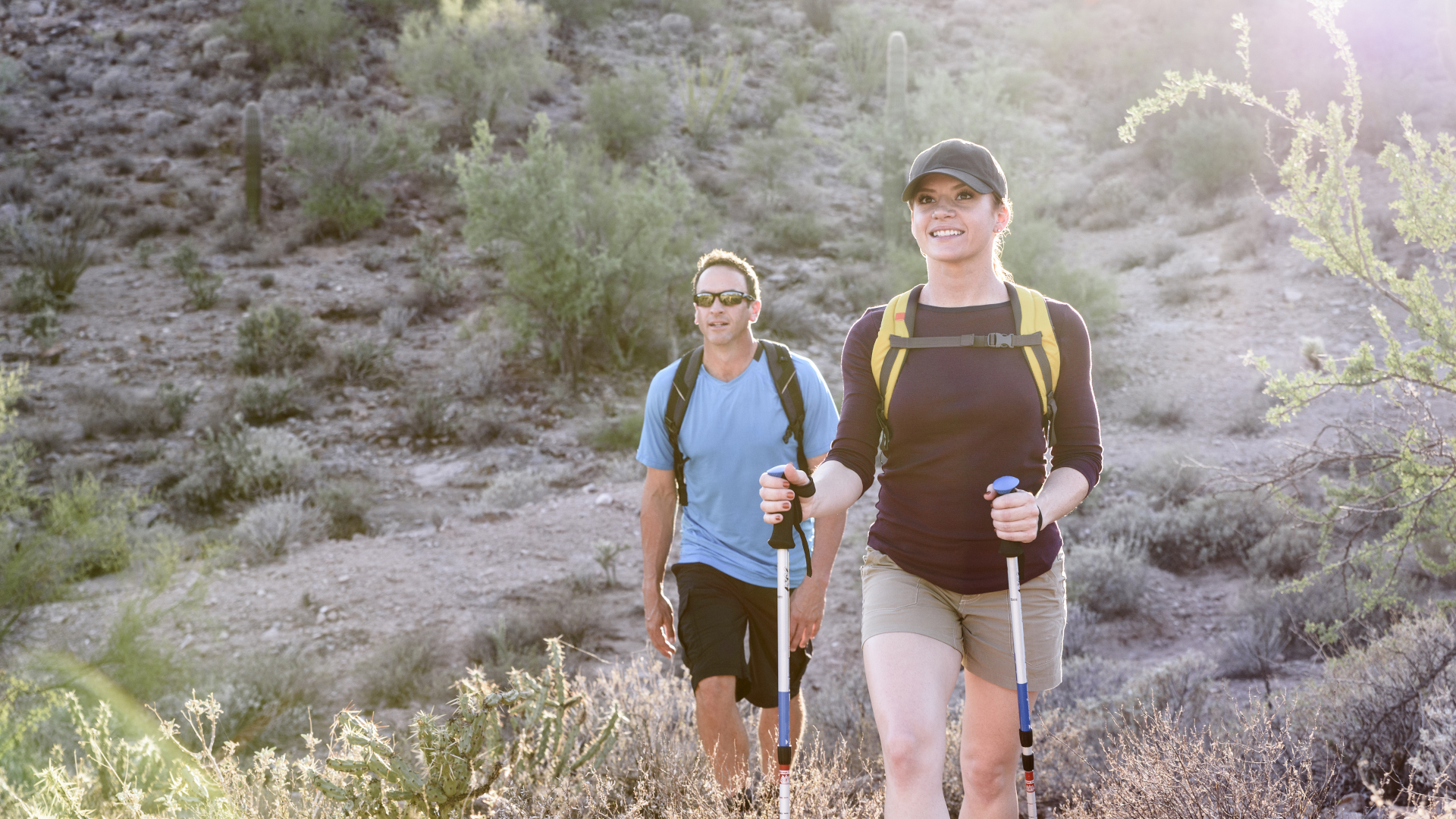
2. Hit the beach
You might think that beach vacations are only for those who like lounging around and sipping cocktails, but the beach makes for excellent active vacations too. You can pack your trail running shoes and run along the shore, explore coastal walks and if it’s warm enough, enjoy wild swimming and water sports.
Some of the best US beaches for active vacations can be found in Hawaii, around Cape Cod, Redwood National Park, the Olympic Peninsula, Everglades National Park and Pictured Rocks National Lakeshore in Michigan.
3. Fly south by southeast
If you’ve spent the winter shivering away at northern climes, there’s a good chance you’re ready for some heat in your bones and even though we tend to focus on the western states and Rockies for hiking, there are loads of great, lower-lying trails in the warmer southeastern states at this time of year. You could head to Georgia and section hike part of the Appalachian Trail, hit the mountains of North Carolina or Tennessee for some backpacking or explore the Florida Trail all before it gets too swampy in the region.
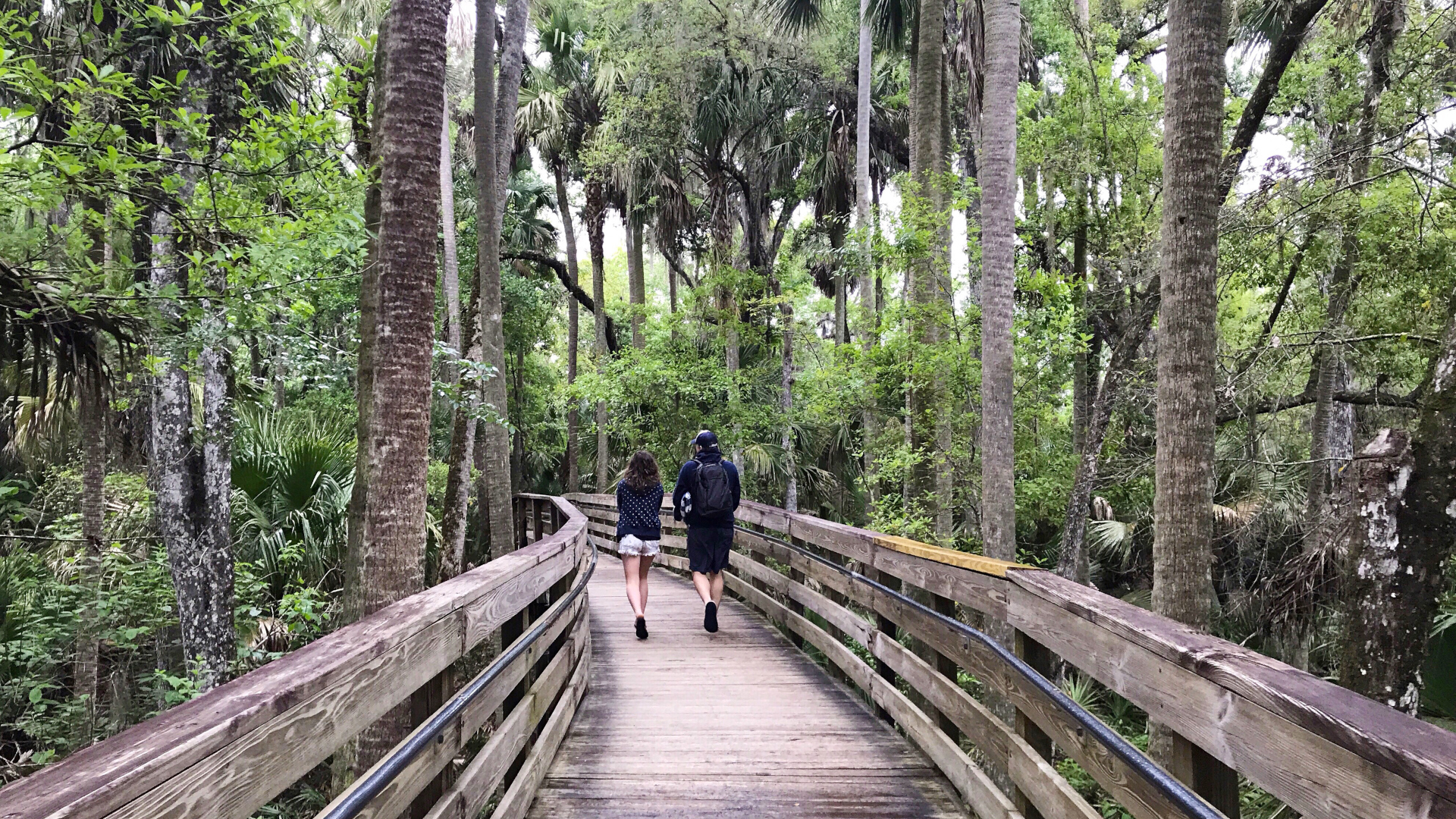
4. Visit a National Park
National Parks do begin to get busier at this time of year, but outside of the spring school holidays, the true crowds don’t arrive until summer and if you pick your park wisely, you can find great conditions. Places like Glacier and Rocky Mountain National Park will still be in the vice grip of winter, but others are splendid in the spring, with abundant waterfalls thanks to spring runoff, awakening wildlife and blossoming wildflowers.
Our picks for the best National Parks to visit in the spring include Big Bend, Zion, Joshua Tree and Yosemite where you can usually enjoy pleasant weather and few crowds, if you avoid the weekends.
5. Keep skiing
If you live to ski or reside in a warmer climate, why not see if you can get some late-season skiing in before you pack your ski jacket away again? Though northeast and lower elevation resorts can be out of snow and shut up shop by now, lifts at higher elevation resorts in the Rockies can keep spinning well into April, with Colorado’s A-Basin famous for staying open into June. Resorts will be quieter, but if you are happy with some casual spring skiing and a laidback vibe, it’s a great way to get some turns in without going bankrupt.
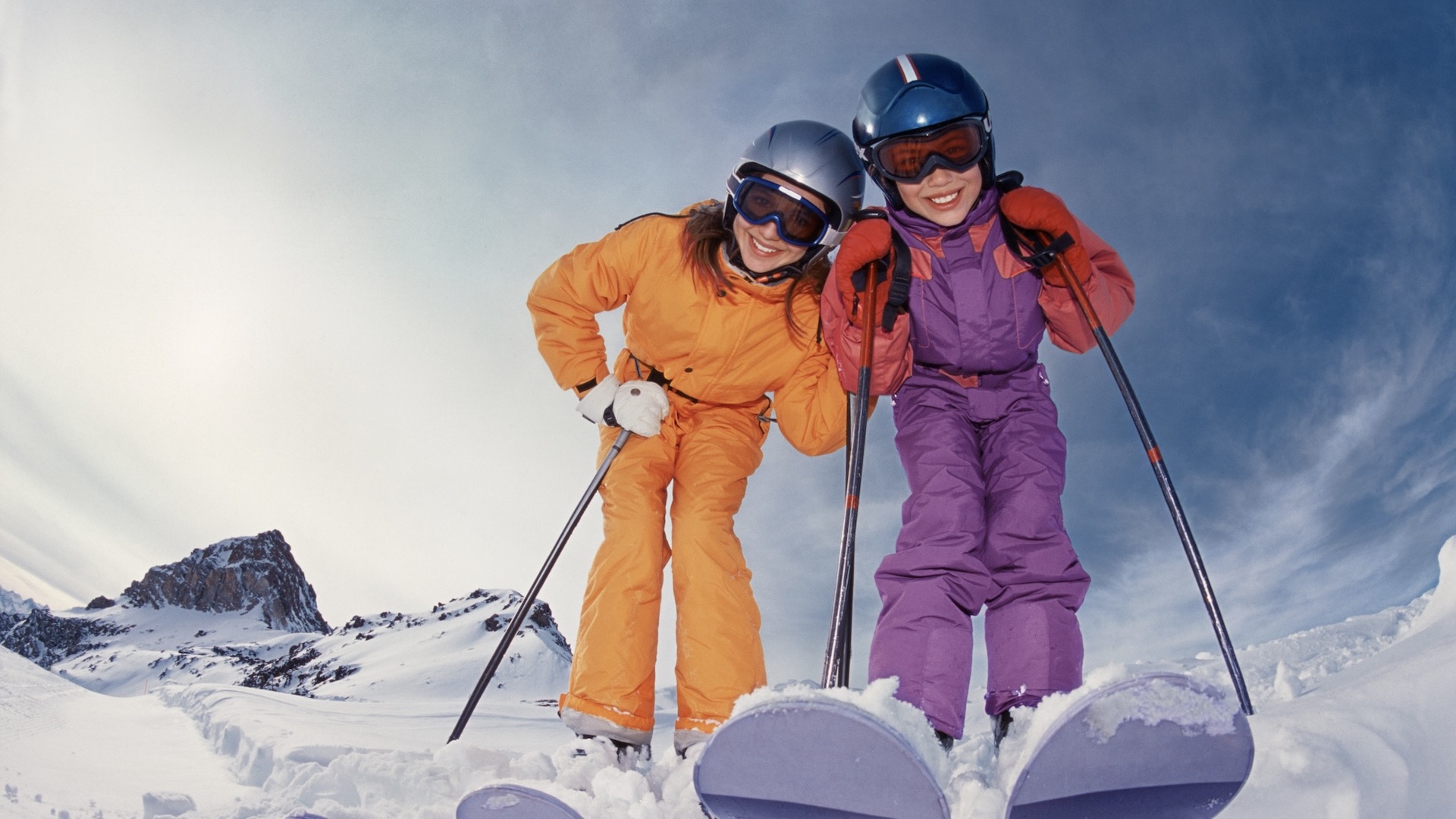
What should you pack for an active spring vacation?
Clearly, what you pack for an active spring vacation all depends on what you’ll be doing and where you’ll be, but there are a few things to keep in mind. Spring can mean warm days and cold nights, so it’s usually important to pack layers, bringing shorts and T-shirts for daytime adventures but a fleece or puffy jacket and beanie hat for chilly evenings.
Spring can also bring more moisture in certain areas, so if you’re planning on hiking, you may need a waterproof jacket and rain pants as well as boots or shoes with grippy Vibram soles. In low lying areas, you may want to be prepared for hiking in mud, and in higher elevation areas, it’s advised to bring winter traction devices for shady areas where snow and ice may persist.
If you’re going skiing, you might want to ditch the mid layer and find you’re comfortable in a softshell jacket and if you’re heading to the beach, don’t forget your water shoes.







